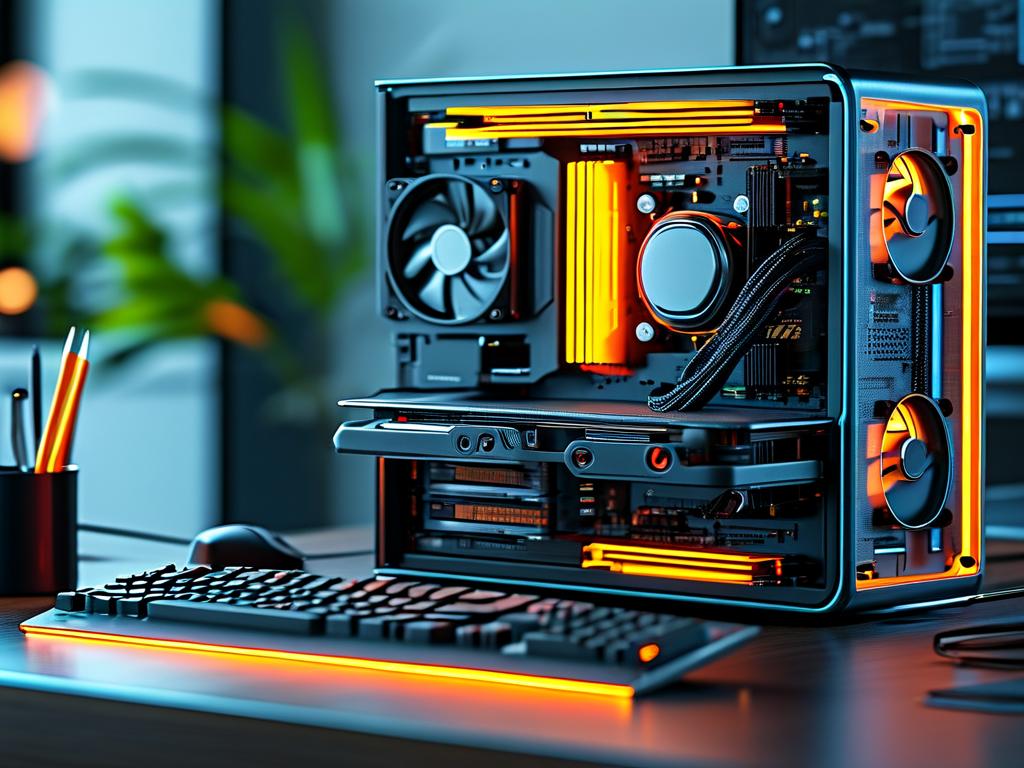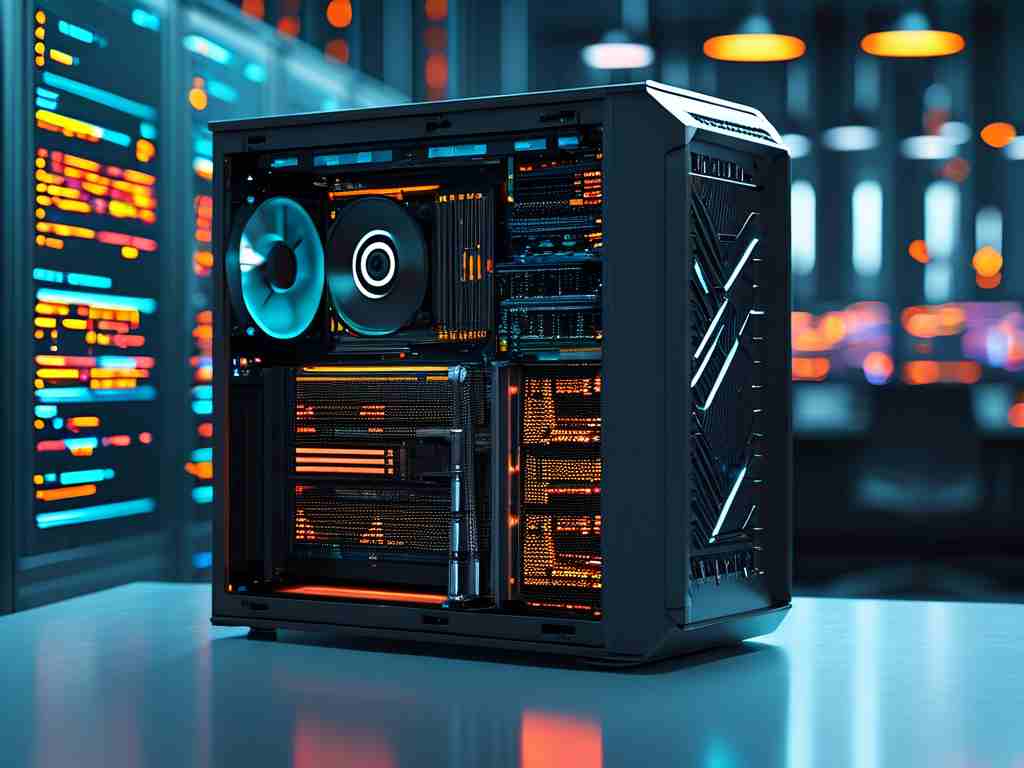The process of calculating video memory requirements forms a fundamental aspect of computer graphics and multimedia processing. This technical exploration reveals how digital systems manage visual data storage while balancing performance and resource allocation.

At its core, video memory refers to the dedicated storage space used by graphics processing units (GPUs) to handle visual information. Modern computing environments demand precise memory calculations to support high-resolution displays, complex 3D rendering, and real-time video processing. The mathematical foundation begins with understanding basic parameters: display resolution, color depth, and frame buffering.
For standard RGB color representation, each pixel requires 3 bytes (24-bit color) to store red, green, and blue values. A 1920×1080 resolution display contains 2,073,600 pixels. Multiplying this by 3 bytes yields approximately 6.22 MB per static frame. However, practical implementations require additional buffers for smooth rendering:
# Basic video memory calculation formula
resolution_width = 1920
resolution_height = 1080
color_depth = 3 # bytes per pixel
buffer_count = 2 # double buffering
total_memory = (resolution_width * resolution_height * color_depth * buffer_count) / (1024 ** 2)
print(f"Required VRAM: {total_memory:.2f} MB")
This simplified model demonstrates how double buffering nearly doubles memory needs to 12.44 MB. Contemporary systems implement triple buffering and depth buffers for 3D applications, significantly increasing requirements.
Modern GPUs face additional computational layers when processing compressed video formats like H.264 or AV1. While compression reduces storage needs, real-time decoding requires temporary memory buffers for frame reconstruction. A 4K video stream at 60 fps with 10-bit color depth demands approximately 1.98 GB/s bandwidth before compression:
(3840 × 2160 pixels) × 4 bytes (10-bit packed) × 60 fps = 1,866,240,000 bytes/s
This calculation explains why modern graphics cards contain 8GB-24GB of GDDR6 memory, with high-bandwidth interfaces exceeding 500 GB/s. The memory hierarchy extends beyond simple frame storage to include:
- Texture maps for surface details
- Geometry buffers for 3D models
- Compute shader temporary data
- Anti-aliasing multisample buffers
Emerging technologies like ray tracing introduce new memory challenges. Each ray-surface interaction requires storing intersection data and material properties, potentially tripling memory consumption compared to rasterization techniques. NVIDIA's RTX 4090 addresses this with 24GB GDDR6X memory and dedicated ray tracing cores.
Software optimization plays an equally crucial role. Memory compression algorithms like Delta Color Compression (DCC) can reduce effective bandwidth usage by 30-50%. Advanced techniques include:
- Tile-based rendering (common in mobile GPUs)
- Memory pooling across multiple GPUs
- Dynamic resolution scaling
The gaming industry provides concrete examples of these principles. A typical AAA game at 4K resolution with ultra settings may consume 10-12GB VRAM, accounting for:
- 4K frame buffer (33MB × 3 buffers)
- High-resolution textures (6-8GB)
- Shadow maps and lighting data (1-2GB)
- Post-processing effects (500MB-1GB)
Future developments in display technology will further impact memory requirements. 8K resolution (7680×4320) at 120Hz with 12-bit color depth would theoretically require over 50GB of dedicated memory without compression. This explains the industry's push for next-gen memory technologies like HBM3 and GDDR7 while developing smarter memory management through machine learning-based allocation predictors.
From embedded systems to data center rendering farms, understanding video memory calculation remains essential for optimizing visual computing performance. As augmented reality and 8K streaming become mainstream, engineers must balance physical memory constraints with innovative compression and caching strategies to deliver seamless visual experiences.









